10 Essential Tips for Cooking Perfect Persian Rice & Tahdig
Persian cuisine is famous for its perfectly cooked rice, known for its long, separate grains and golden crispy tahdig. Whether you're making Chelo, Polo, or a fragrant saffron-infused dish, mastering rice is a game-changer in Persian cooking. In this guide, you'll learn 10 expert tips to make your Persian rice flawless every time.
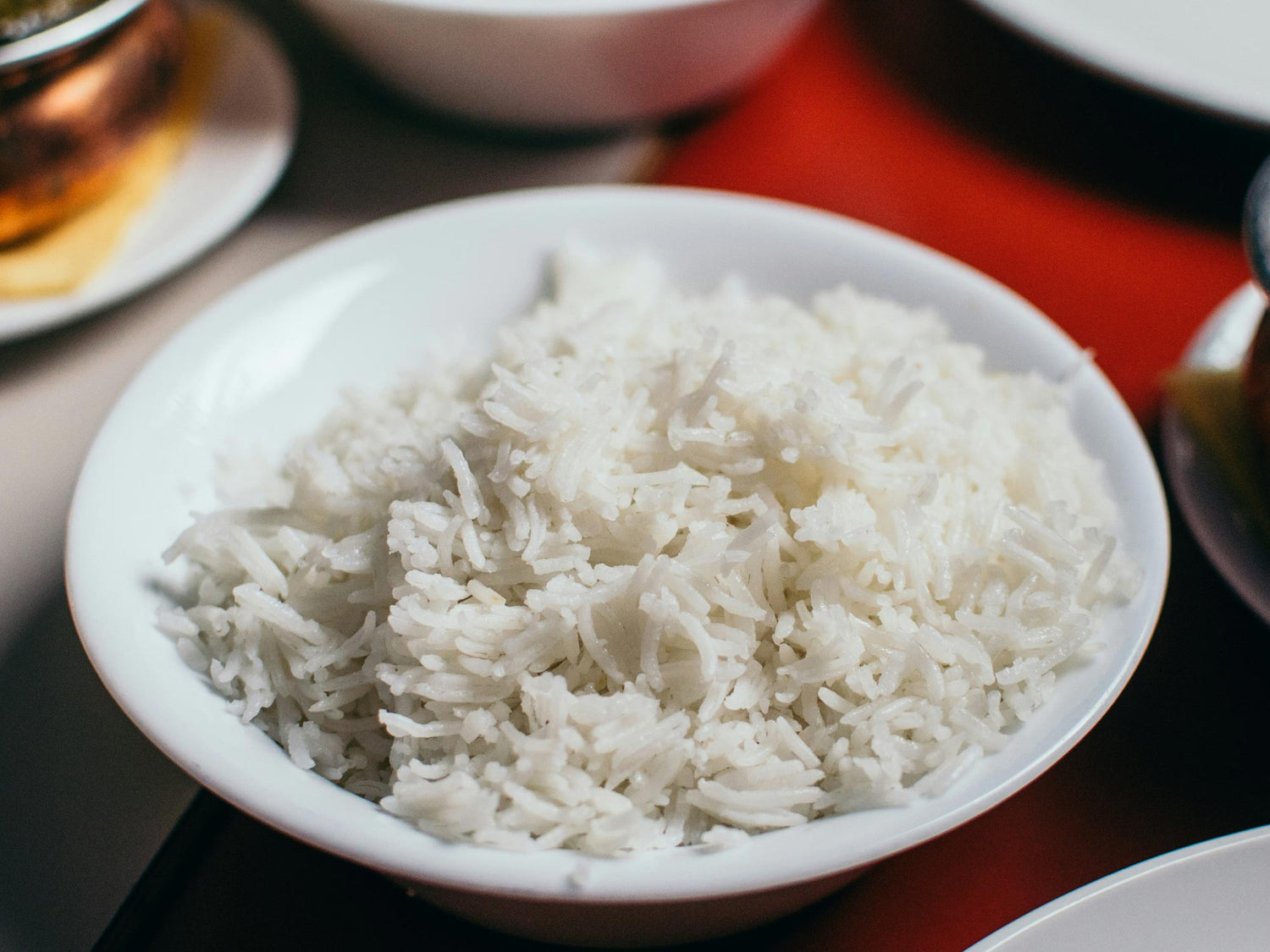
1. Choose High-Quality Long-Grain Basmati Rice
Not all rice is created equal! For authentic Persian rice, use long-grain basmati rice. This variety produces the fluffiest texture and the signature separate grains. Aged basmati is even better as it absorbs flavors well and expands beautifully when cooked.
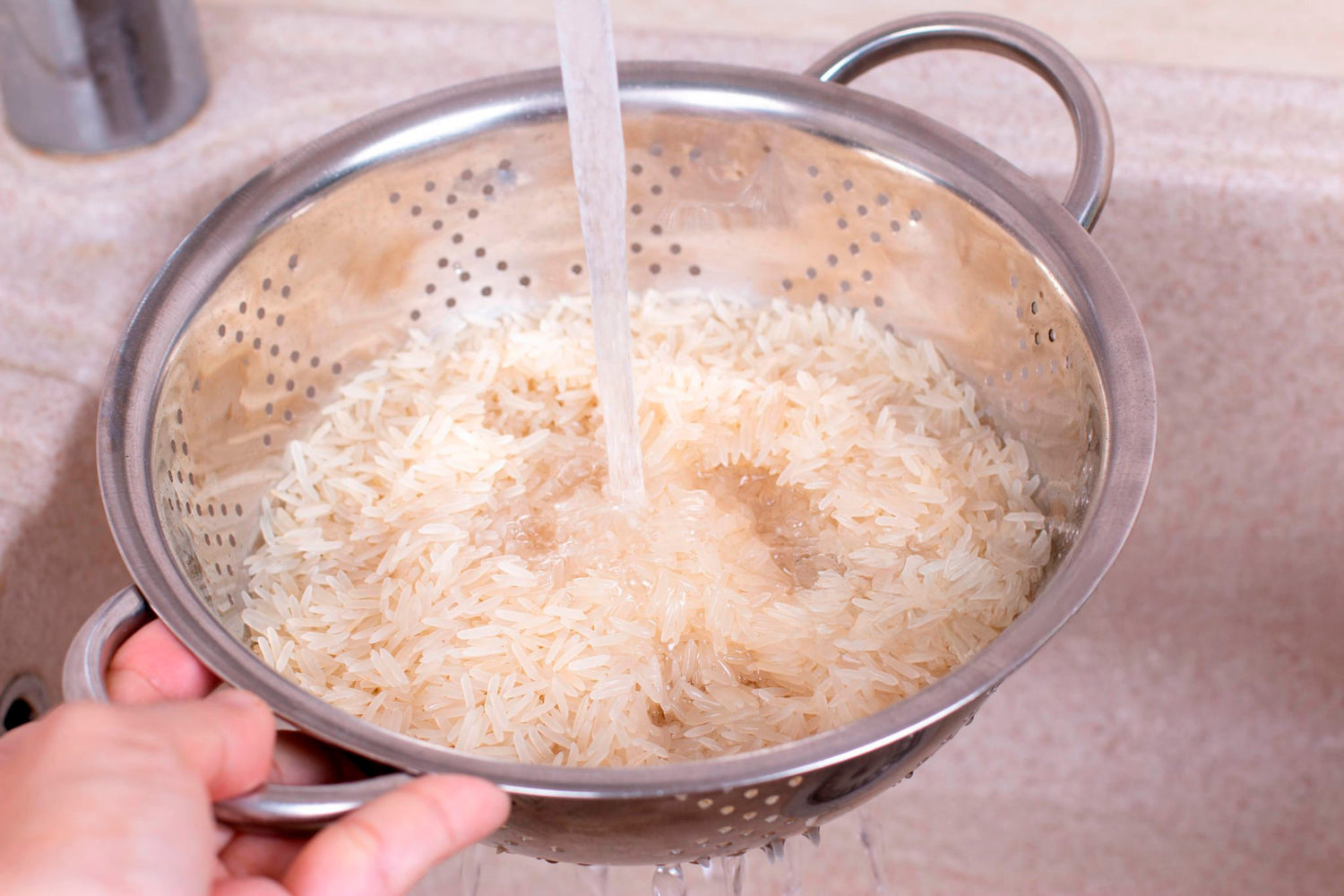
2. Wash the Rice to Remove Excess Starch
Washing rice is crucial to prevent it from becoming sticky. Rinse the rice under cold water several times until the water runs clear. This removes excess starch and ensures fluffy, separate grains when cooked.
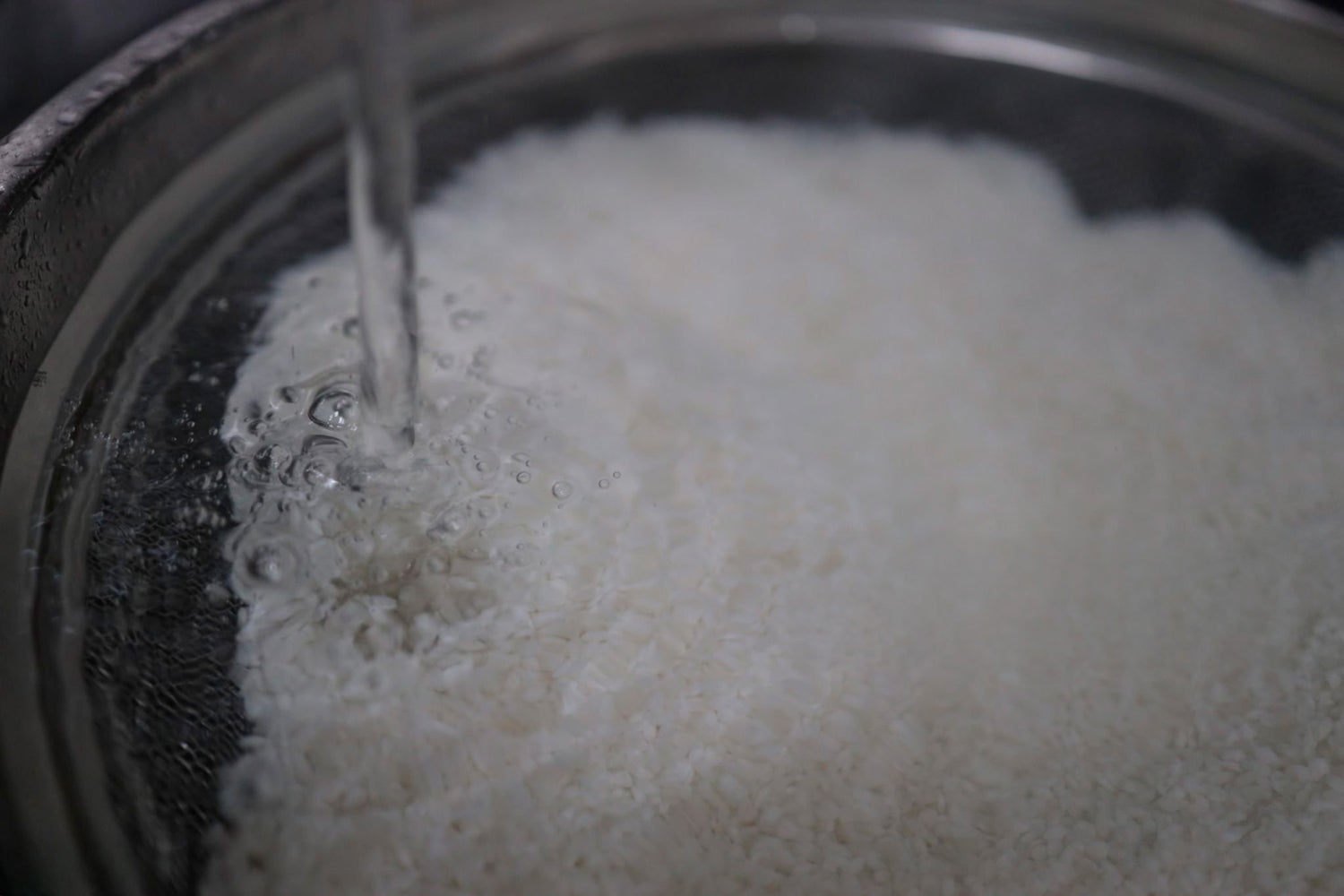
3. Soak the Rice for a Lighter Texture
Soaking the rice in lukewarm salted water for at least 2 hours (or even overnight) helps soften the grains, allowing them to cook more evenly. The salt also enhances the flavor and helps prevent the rice from breaking during cooking.
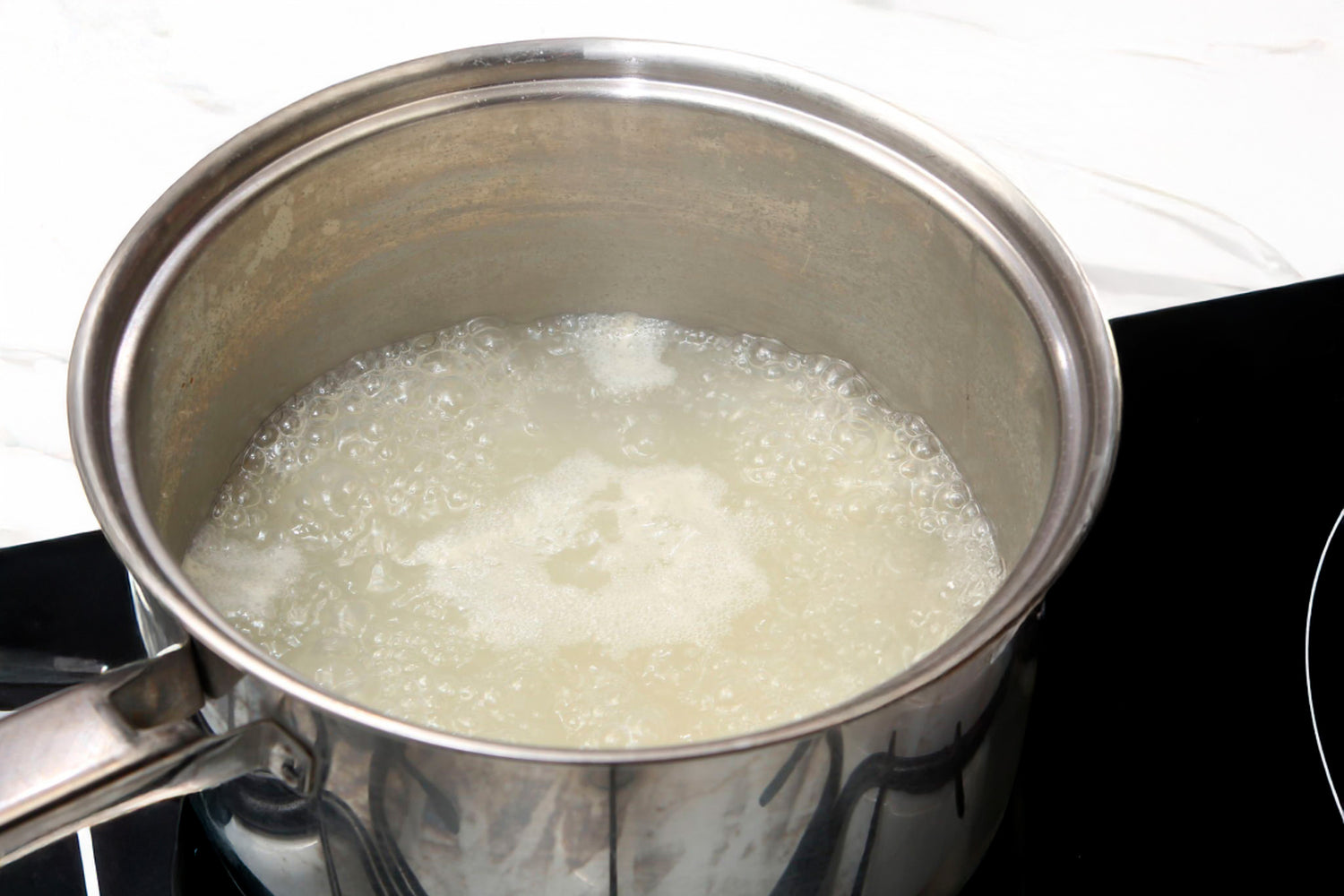
4. Parboil Before Steaming
Persian rice is cooked using a two-step process:
- First, boil the rice in salted water for about 6-8 minutes until it is al dente (soft on the outside but firm inside).
- Then drain and rinse the rice under cold water to stop the cooking process.
This ensures the final result is light, airy, and not mushy.
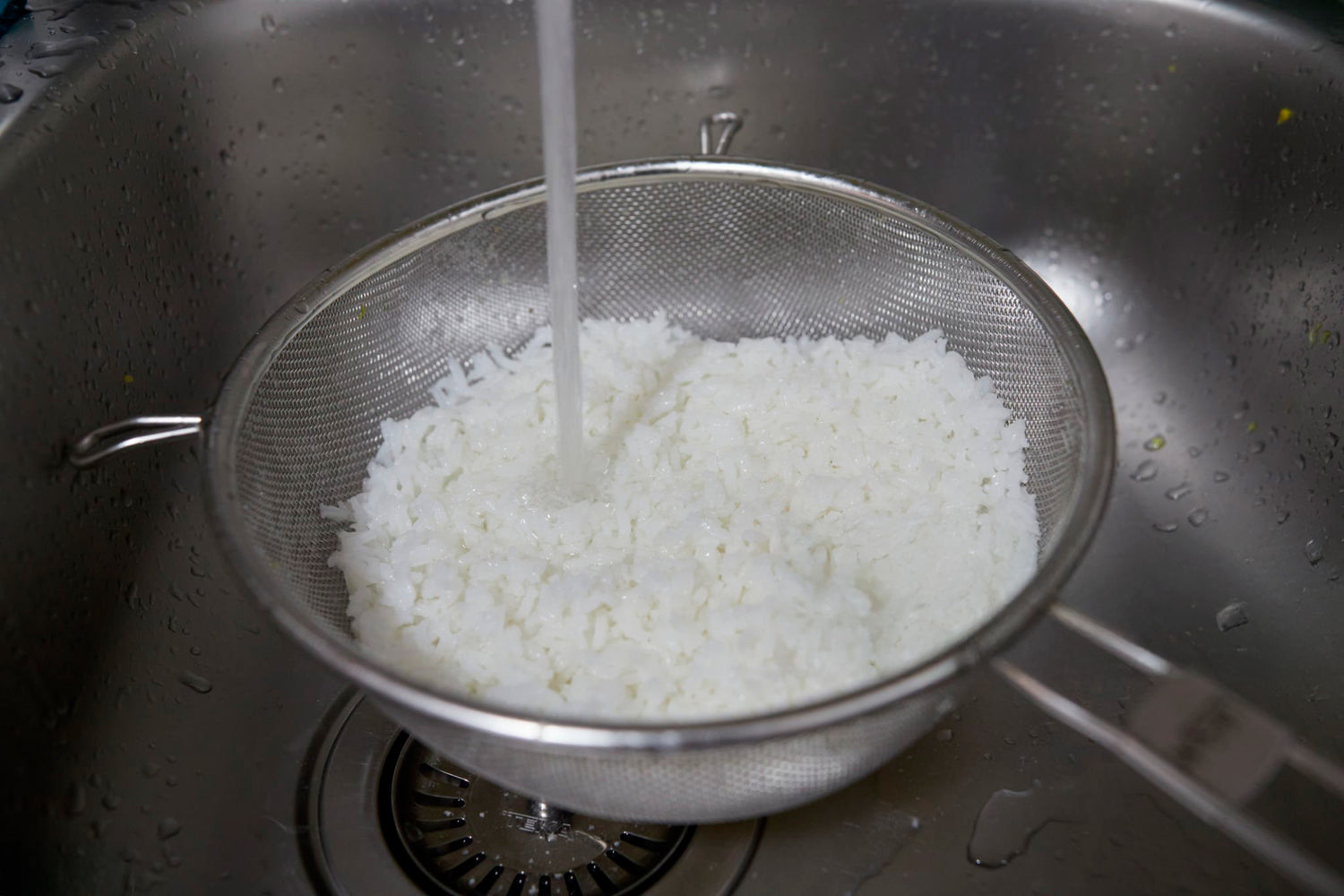
5. Drain & Shock the Rice for Better Separation
After draining, a quick rinse with cold water stops the rice from cooking further. This prevents overcooking and helps keep the grains distinct when steaming.
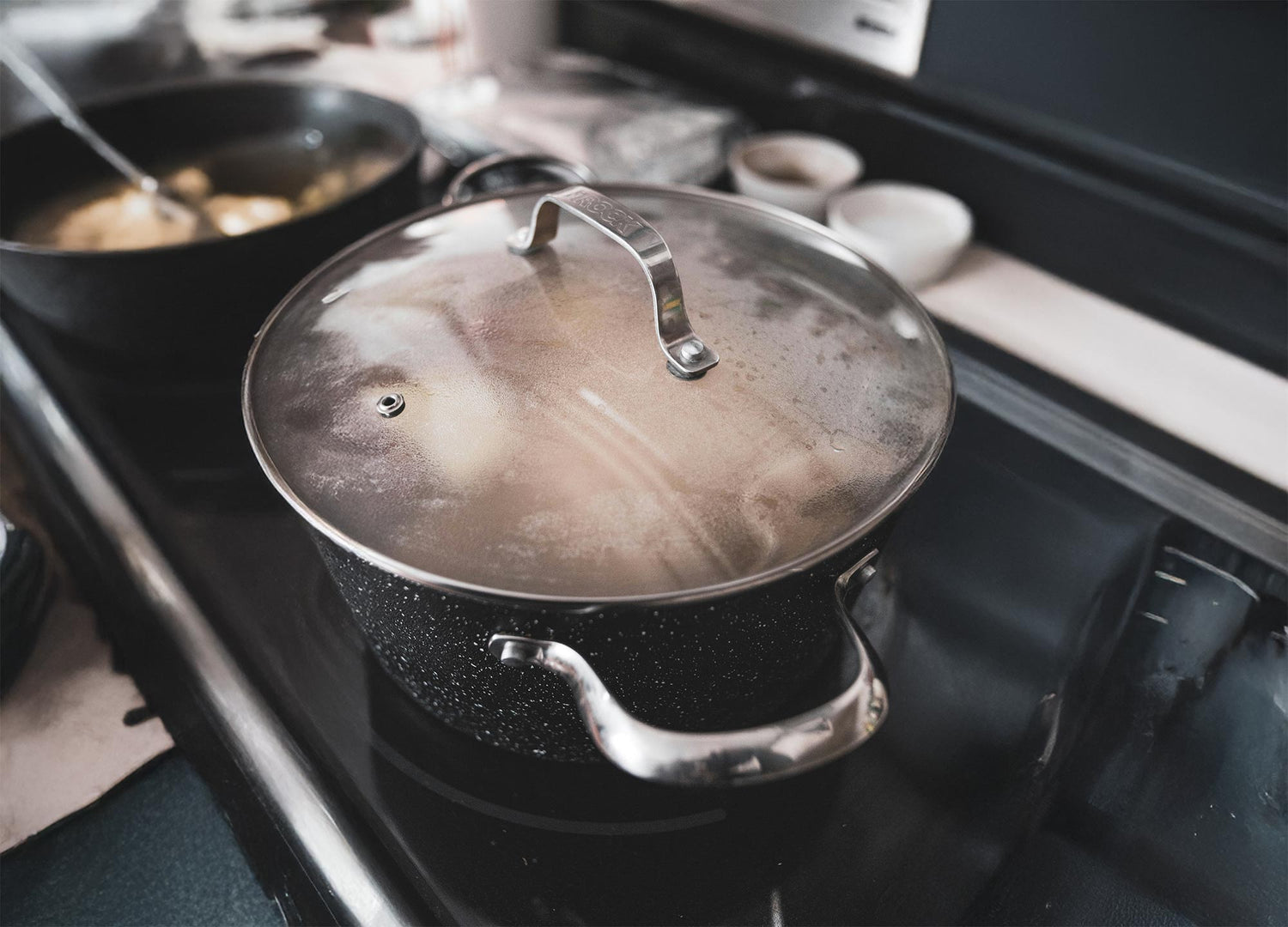
6. Use the Right Pot for Perfect Tahdig
If you want a crispy golden tahdig, choosing the right pot is essential. A nonstick, heavy-bottomed, or cast-iron pot works best. This ensures an even crust without burning.
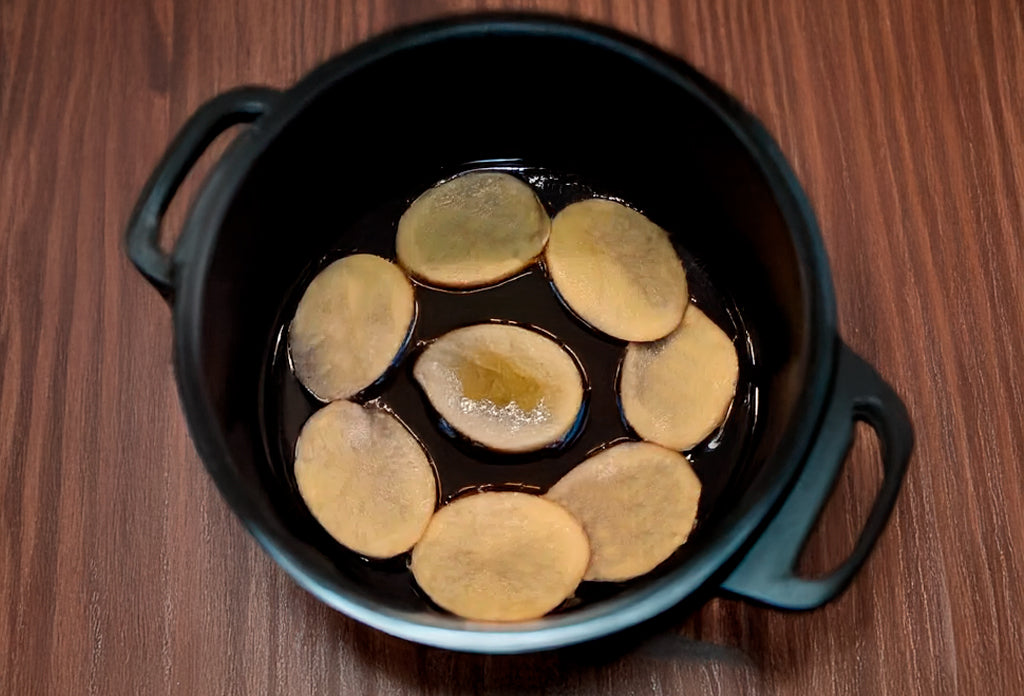
7. Create a Perfect Tahdig Base
For the crispy bottom layer (tahdig), you can use:
- Oil and butter for a golden crust.
- Sliced potatoes for a delicious variation.
- Lavash or tortilla bread for an extra crunchy twist.
Spread the tahdig layer evenly before adding the parboiled rice.
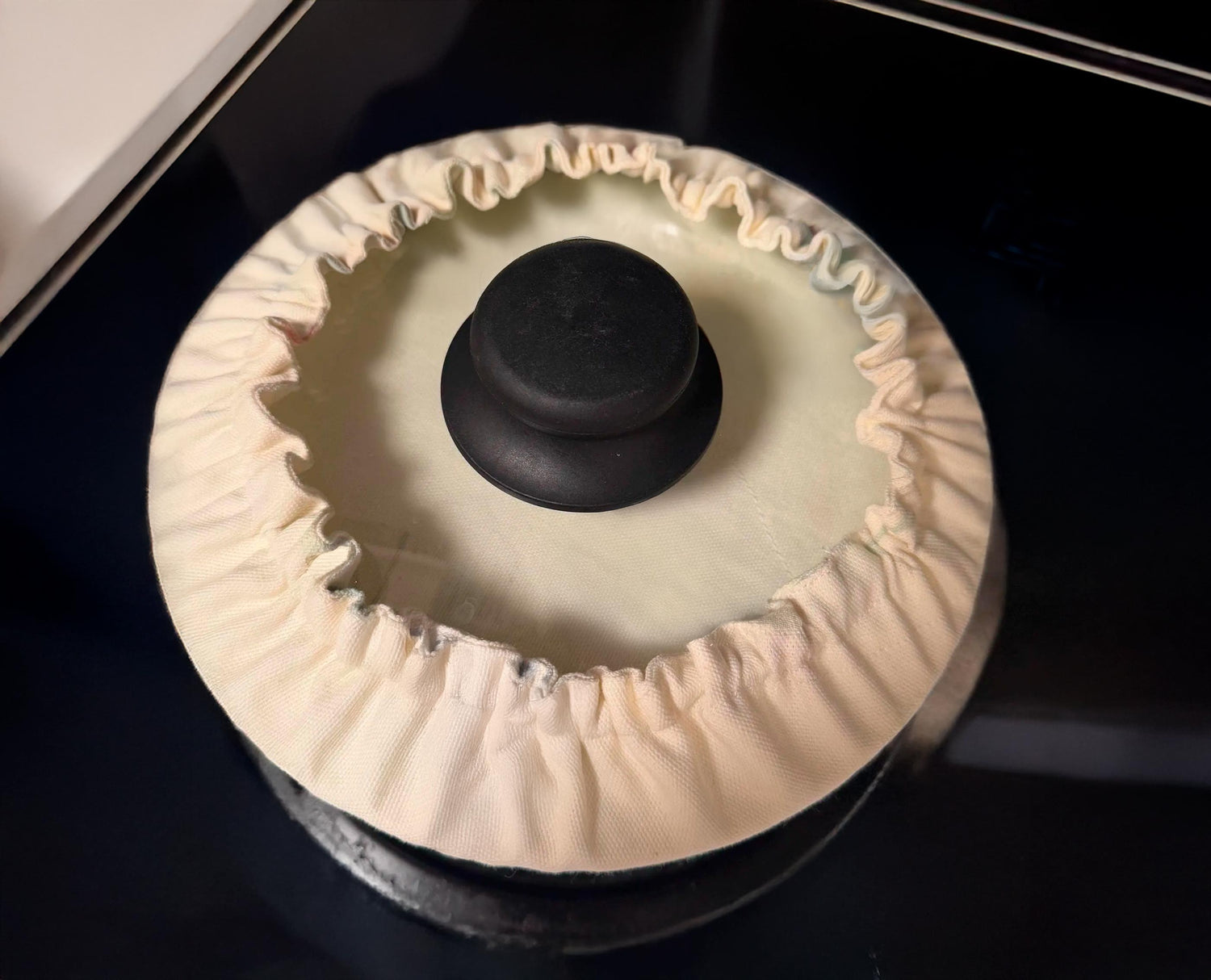
8. Steam the Rice for Maximum Fluffiness
Steaming is key to achieving light, fluffy Persian rice. After layering the rice in the pot:
- Cover with a clean kitchen towel under the lid to trap steam and absorb excess moisture.
- Keep the heat medium-high for 5-7 minutes to start forming the tahdig.
- Then, lower the heat and let it steam for 30-45 minutes.
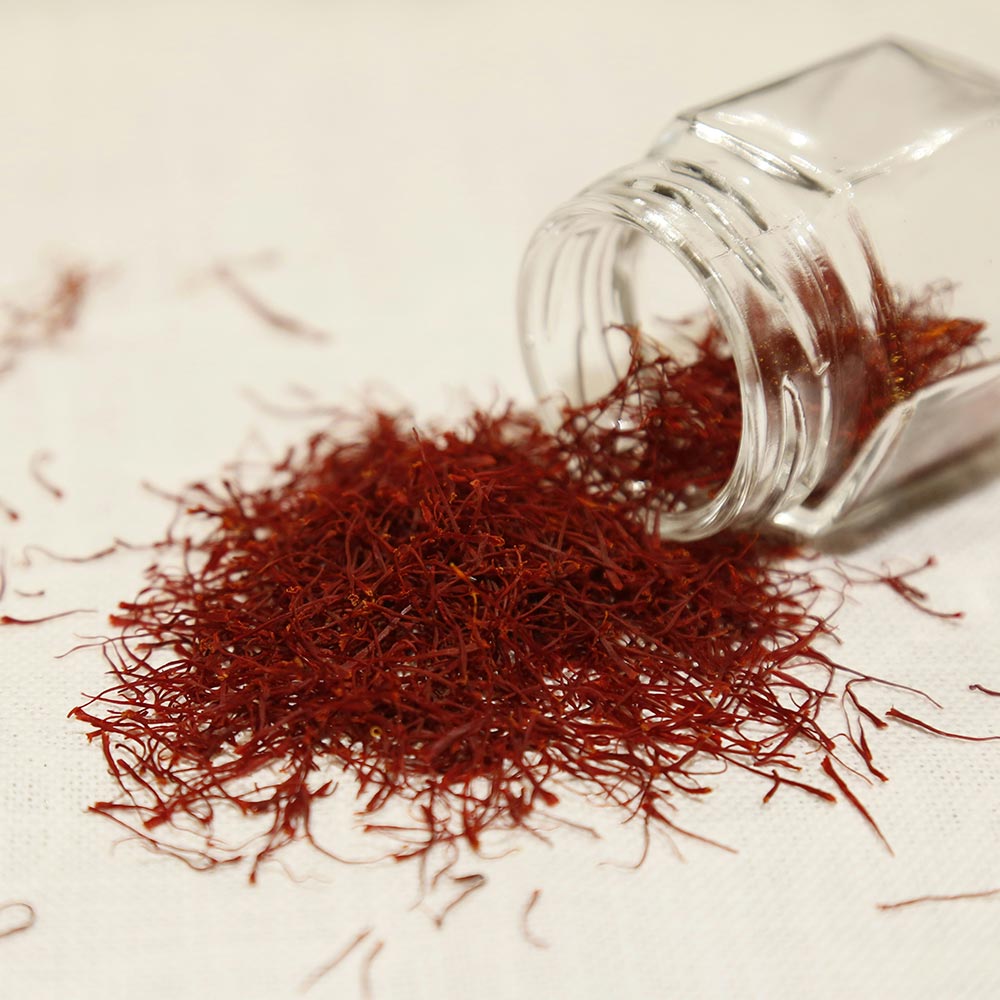
9. Infuse with Saffron for Color & Aroma
Persian rice is often topped with saffron-infused grains for extra aroma and visual appeal.
- How to bloom saffron: Grind saffron threads and dissolve in 2-3 tbsp of hot water for a few minutes.
- Drizzle over the rice before serving for a vibrant golden color and rich fragrance.
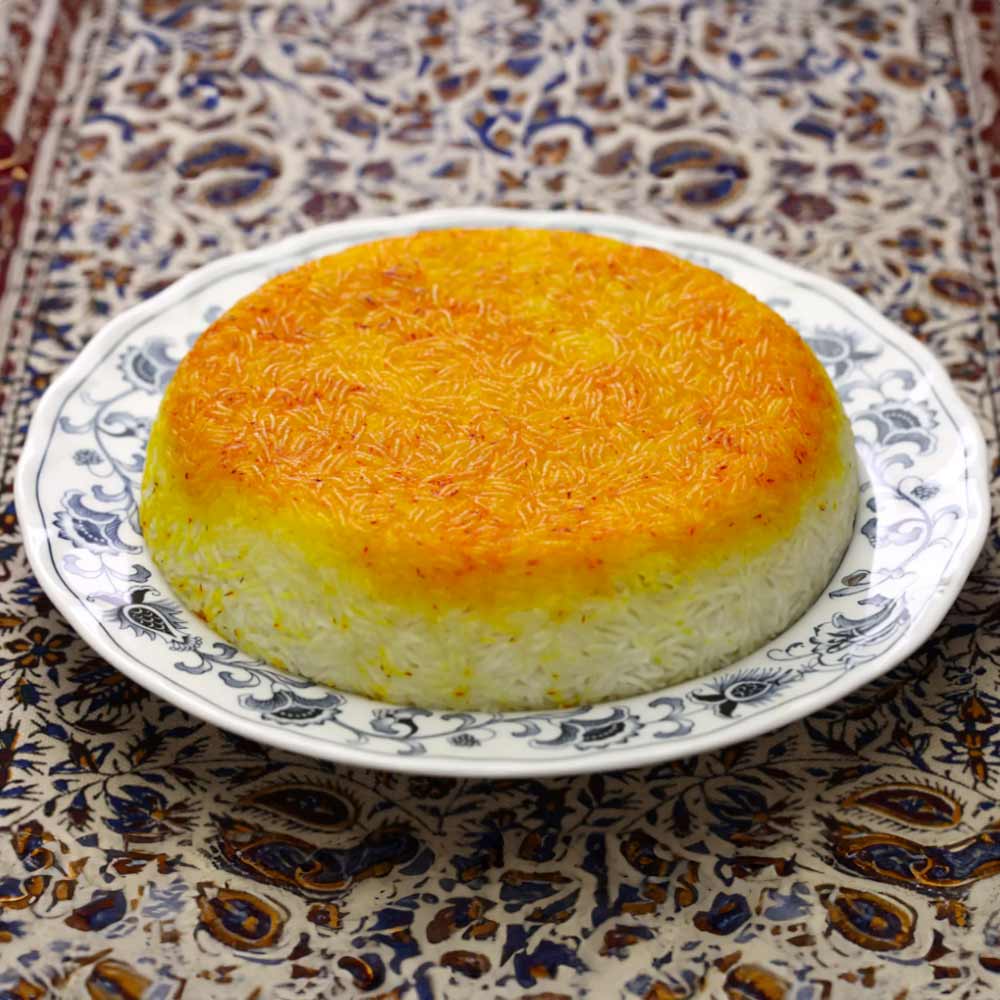
10. Serve the Rice & Tahdig the Right Way
When serving Persian rice, be gentle to avoid breaking the grains.
- Fluff the rice with a spatula or fork instead of pressing it down.
- Carefully invert the tahdig onto a plate to keep it in one piece.
Enjoy your perfectly cooked Persian rice with stews, kebabs, or yogurt-based dishes!
Mastering Persian rice takes practice, but with these 10 expert tips, you’ll be able to create restaurant-quality dishes at home. Whether you're making simple steamed Chelo or a flavorful mixed Polo, following these steps will guarantee success every time.

